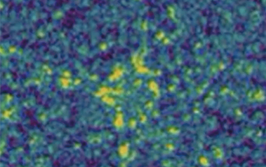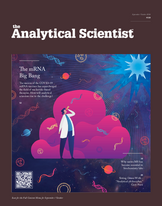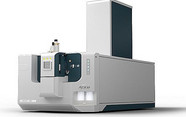Correlative Raman Imaging of Semiconducting Materials

contributed by WITec GmbH |
Confocal Raman microscopy is a non-destructive analysis method that is uniquely capable of characterizing semiconducting materials. It can reveal the chemical composition of a sample, identify possible contaminants and even visualize strain fields in 3D volumes. In combination with techniques such as AFM or SEM, semiconducting materials can be investigated more comprehensively.
The Raman principle
The Raman effect is based on the inelastic scattering of light by the molecules of gaseous, liquid or solid materials. The interaction of a molecule with photons causes vibrations of its chemical bonds, leading to specific energy shifts in the scattered light. Thus, any given chemical compound produces a particular Raman spectrum when excited and can be easily identified by this individual “fingerprint.”
Raman spectroscopy is a well-established, label-free and non-destructive method for analyzing the molecular composition of a sample.
Log in or register to read this article in full and gain access to The Analytical Scientist’s entire content archive. It’s FREE!

















